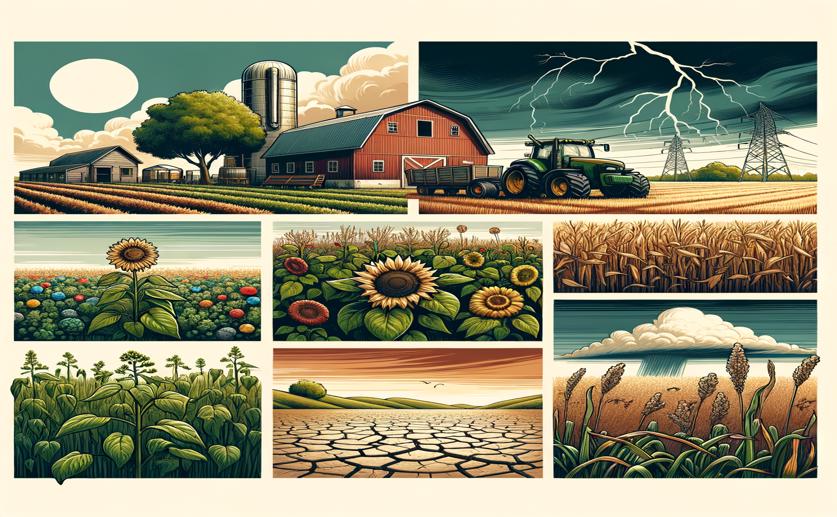
Combining Key Factors to Assess Farming Risks from Climate Change
Jim Crocker
16th May, 2024

Image Source: Natural Science News, 2024
Key Findings
- The study assessed agricultural vulnerability to climate change in Anuradhapura district, Sri Lanka, using a detailed indicator system
- Findings show that 25% of the district's agricultural area has very high vulnerability, 28% has high vulnerability, and 24% has moderate vulnerability
- The study highlights the urgent need for targeted interventions to enhance the resilience and adaptability of the agricultural sector in Anuradhapura
AgricultureEnvironmentSustainability
References
Main Study
1) Integrating Indicators in Agricultural Vulnerability Assessment to Climate Change
Published 15th May, 2024
https://doi.org/10.1007/s40003-024-00727-5
Related Studies
2) Assessment of composite index methods for agricultural vulnerability to climate change.



 21st March, 2024 | Jenn Hoskins
21st March, 2024 | Jenn Hoskins